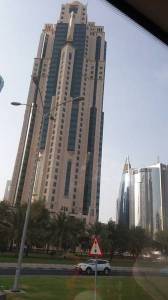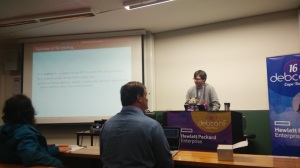James McCoy: Monthly FLOSS activity - 2017/09 edition
 Debian
devscripts
Before deciding to take an indefinite hiatus from devscripts, I prepared one more upload merging various contributed patches and a bit of last minute cleanup.
Debian
devscripts
Before deciding to take an indefinite hiatus from devscripts, I prepared one more upload merging various contributed patches and a bit of last minute cleanup.
- build-rdeps
- Updated build-rdeps to work with compressed apt indices. (Debian bug #698240)
- Added support for
Build-Arch-Conflicts,Dependsto build-rdeps. (adc87981) - Merged Andreas Henriksson's patch for setting
remote.<name>.push-urlwhen using debcheckout to clone a git repository. (Debian bug #753838)
- debsign
- Updated bash completion for gpg keys to use
gpg --with-colons, instead of manually parsinggpg -Koutput. Aside from being the Right Way to get machine parseable information out of gpg, it fixed completion whengpgis a 2.x version. (Debian bug #837380)
- Updated bash completion for gpg keys to use
DEB_BUILD_PROFILES and using a separate, minimal docker image for running autopkgtests.
unibilium
- Packaged the new upstream release (1.2.1)
- Basic package maintenance (-dbgsym package, policy update, enabled hardening flags).
- Uploaded 1.2.1-1
- Attempted to nudge lua-nvim's builds along on a couple architectures where they were waiting for neovim to be installable
- x32: Temporarily removed lua-nvim Build-Depends to break the BD-Uninstallable cycle between lua-nvim and neovim.
- powerpcspe: Temporarily removed luajit Build-Depends, reducing test scope, to fix the build.
- If memory serves, the test failures are fixed upstream for the next release.
- Uploaded 0.2.0-4
- Used the powerpc porterbox to debug and fix a 32-bit integer overflow that was causing test failures.
- Asked the vim-perl folks about getting updated runtime files to Bram, after Jakub Wilk filed Debian bug #873755. This had been fixed 4+ years earlier, but not yet merged back into Vim. Thanks to Rob Hoelz for pulling things together and sending the updates to Bram.
- I've continued to receive feedback from Debian users about their frustration with Vim's new "defaults.vim", both in regards to the actual default settings and its interaction with the system-wide vimrc file. While I still don't intend to deviate from upstream's behavior, I did push back some more on the existing behavior. I appreciate Christian Brabandt's effort, as always, to understand the issue at hand and have constructive discussions. His final suggestion seems like it will resolve the system vimrc interaction, so hopefully Bram is receptive to it.
- Uploaded 2:8.0.1144-1
- Thanks to a nudge from Salvatore Bonaccorso and Moritz M hlenhoff, I uploaded 2:8.0.0197-4+deb9u1 which fixes CVE-2017-11109. I had intended to do this much sooner, but it fell through the cracks. Due to Adam Barratt's quick responses, this should make it into the upcoming Stretch 9.2 release.
- Started work on updating the packaging
- Converted to 3.0 (quilt) source format
- Updated to debhelper 10 compat
- Initial attempts at converting to a dh rules file
- Running into various problems here and still trying to figure out whether they're in the upstream build system, Debian's patches, or both.
neovim
- Worked with Niko Dittmann to fix build failures Niko was experiencing on OpenBSD 6.1 #7298
- Merged upstream Vim patches into neovim from various contributors
- Discussed focus detection behavior after a recent change in the implementation (#7221)
- While testing focus detection in various terminal emulators, I noticed pangoterm didn't support this. I submitted a merge request on libvterm to provide an API for reporting focus changes. If that's merged, it will be trivial for pangoterm to notify applications when the terminal has focus.
- Fixed a bug in our tooling around merging Vim patches, which was causing it to incorrectly drop certain files from the patches. #7328


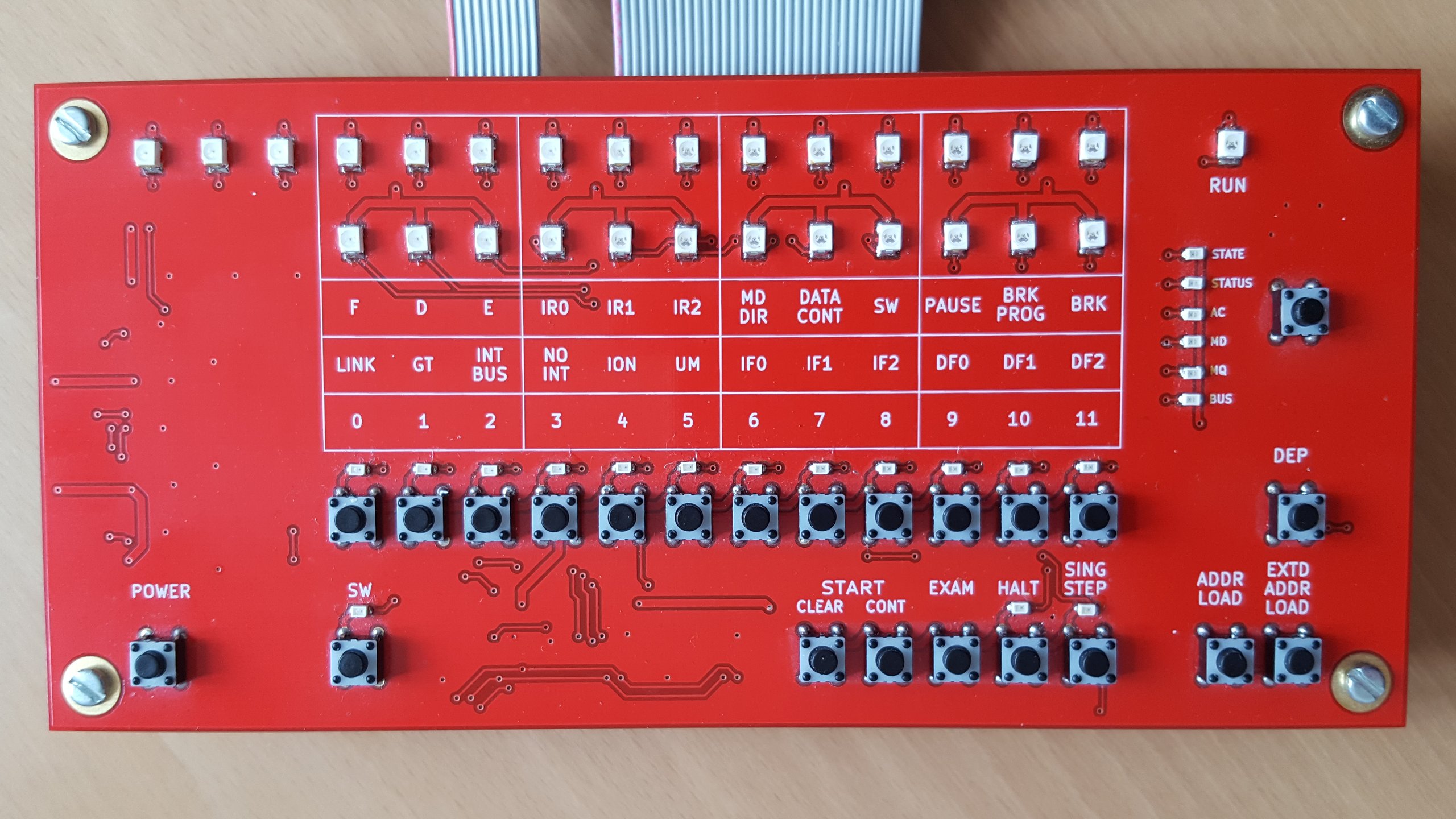
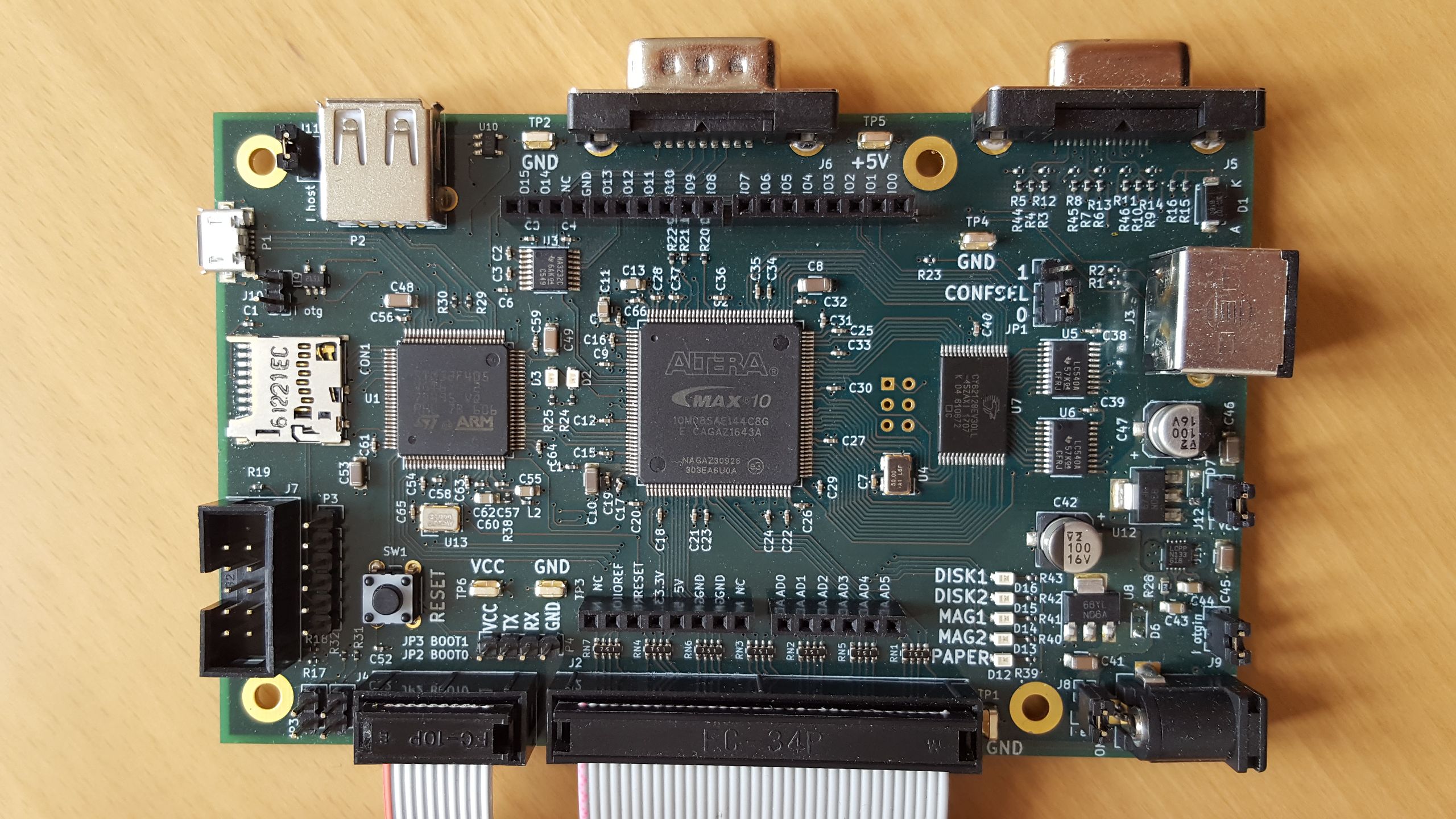
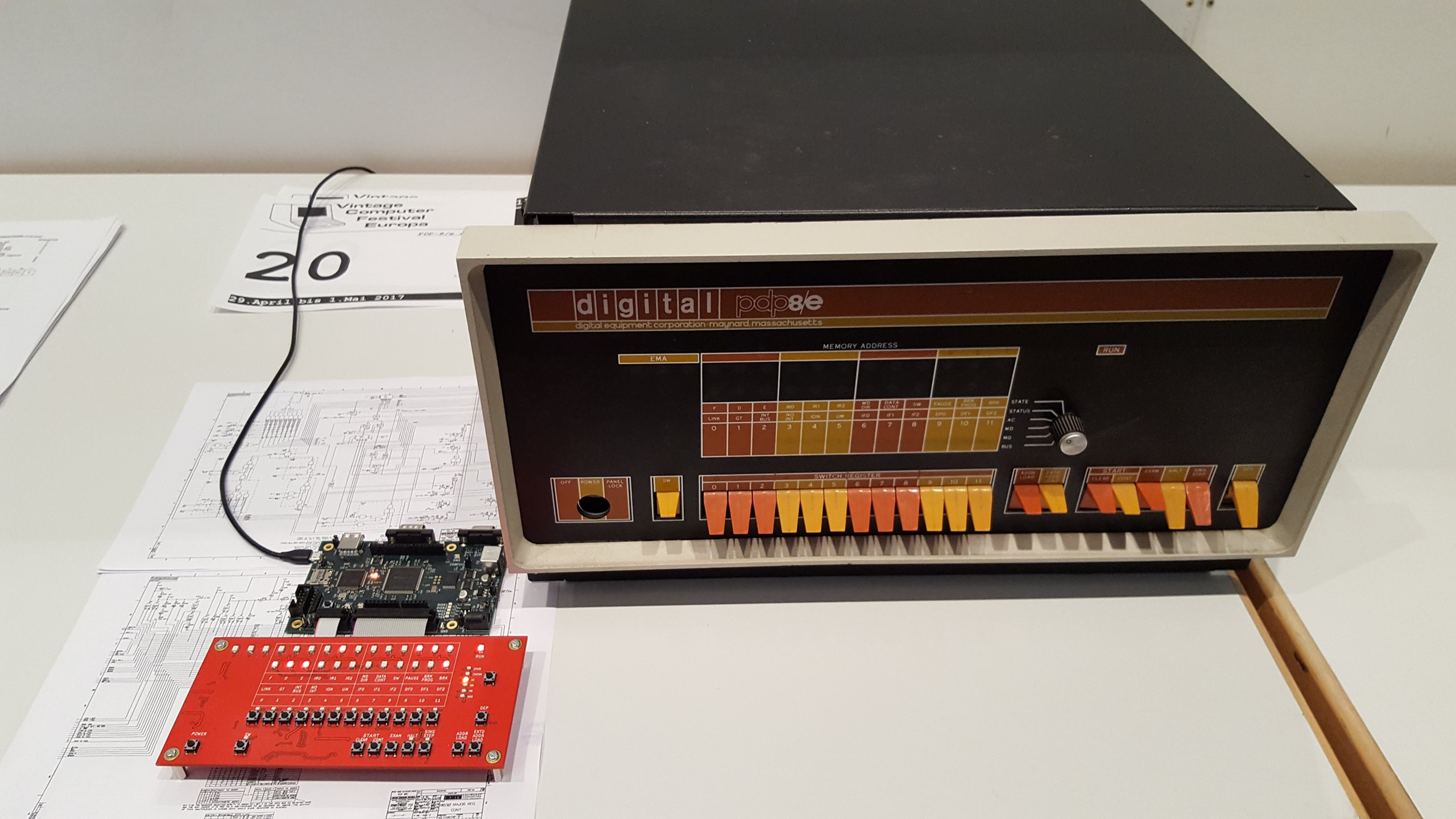
 I have just released version 1.20 of
I have just released version 1.20 of  A week has gone by and another small sharing about Doha and one package that quite a few of us use everyday but don t think much of them.
Let s start with Doha with these two pictures which tells/shares a bit about what the Doha of today is like
A week has gone by and another small sharing about Doha and one package that quite a few of us use everyday but don t think much of them.
Let s start with Doha with these two pictures which tells/shares a bit about what the Doha of today is like

